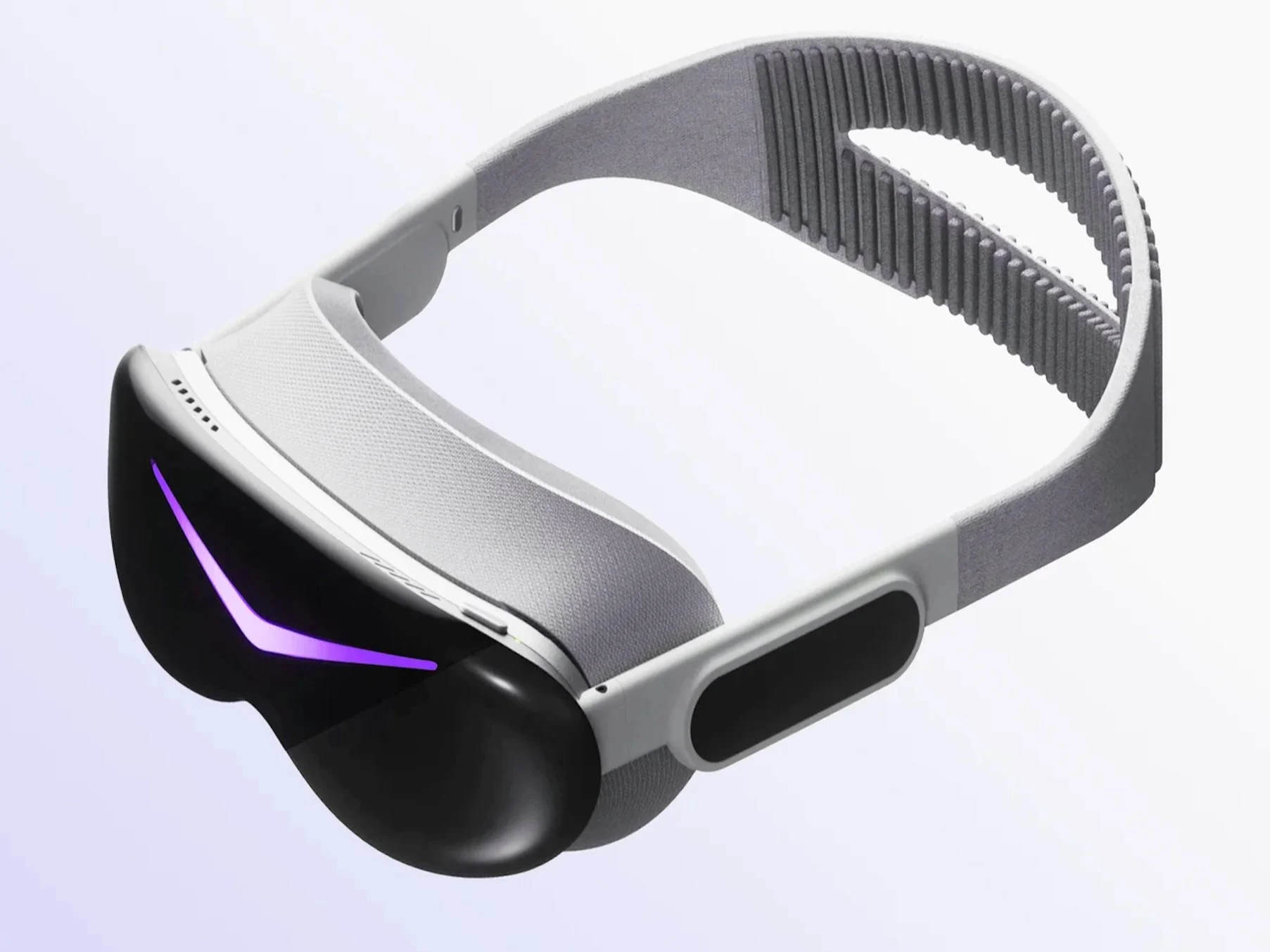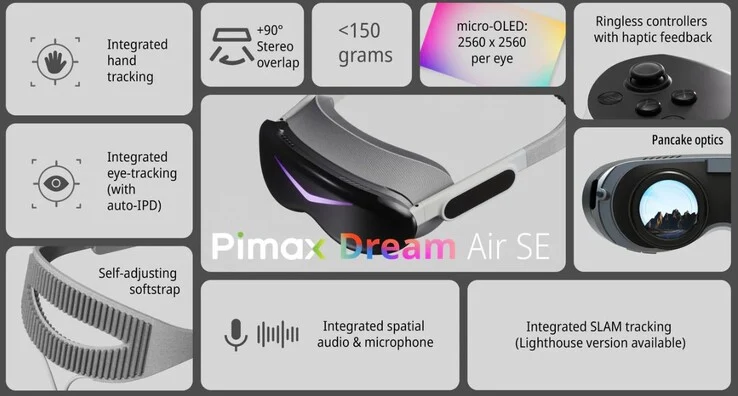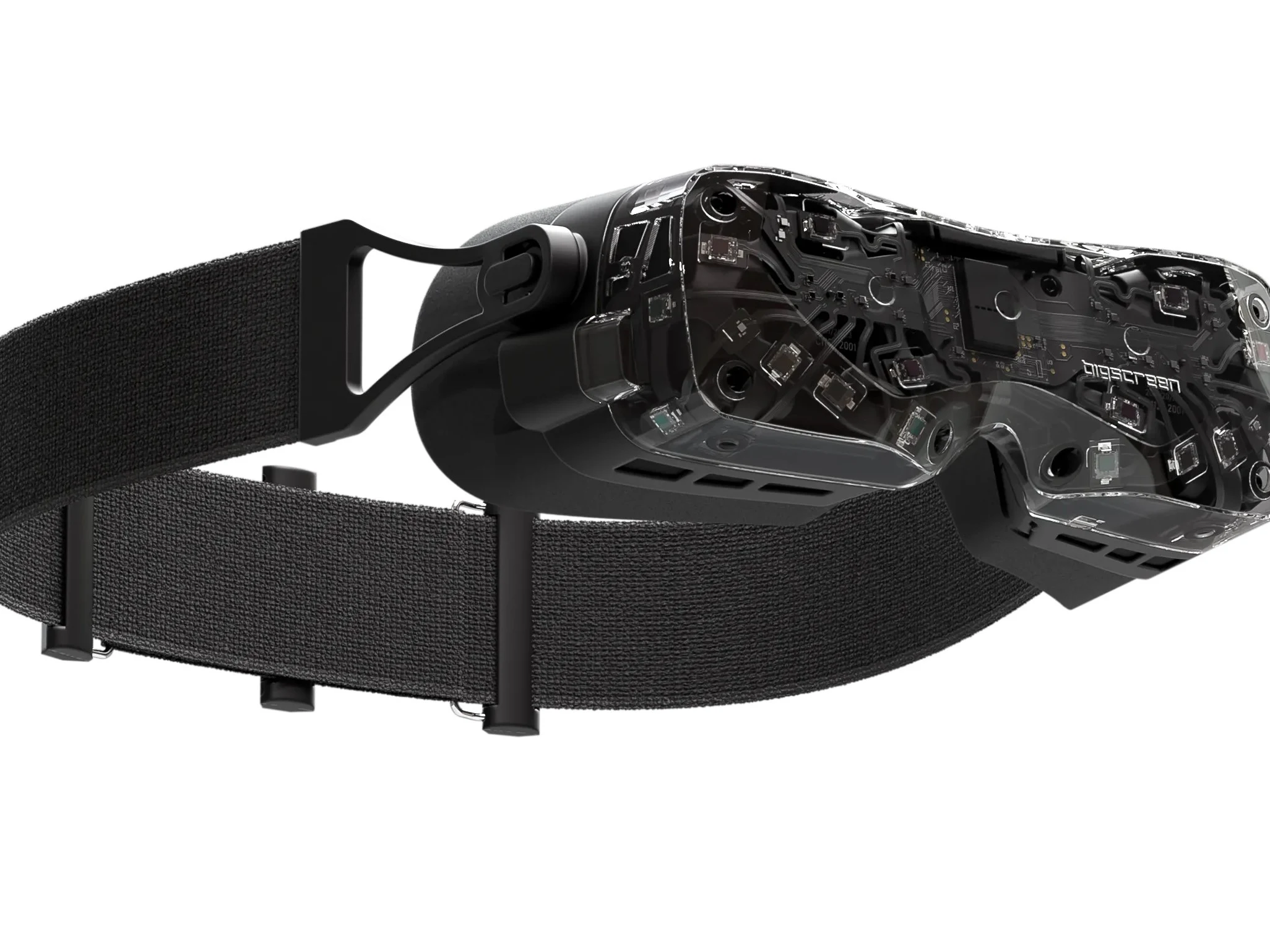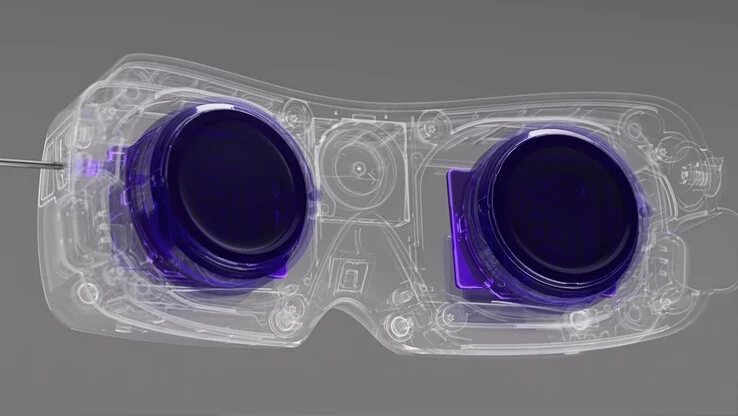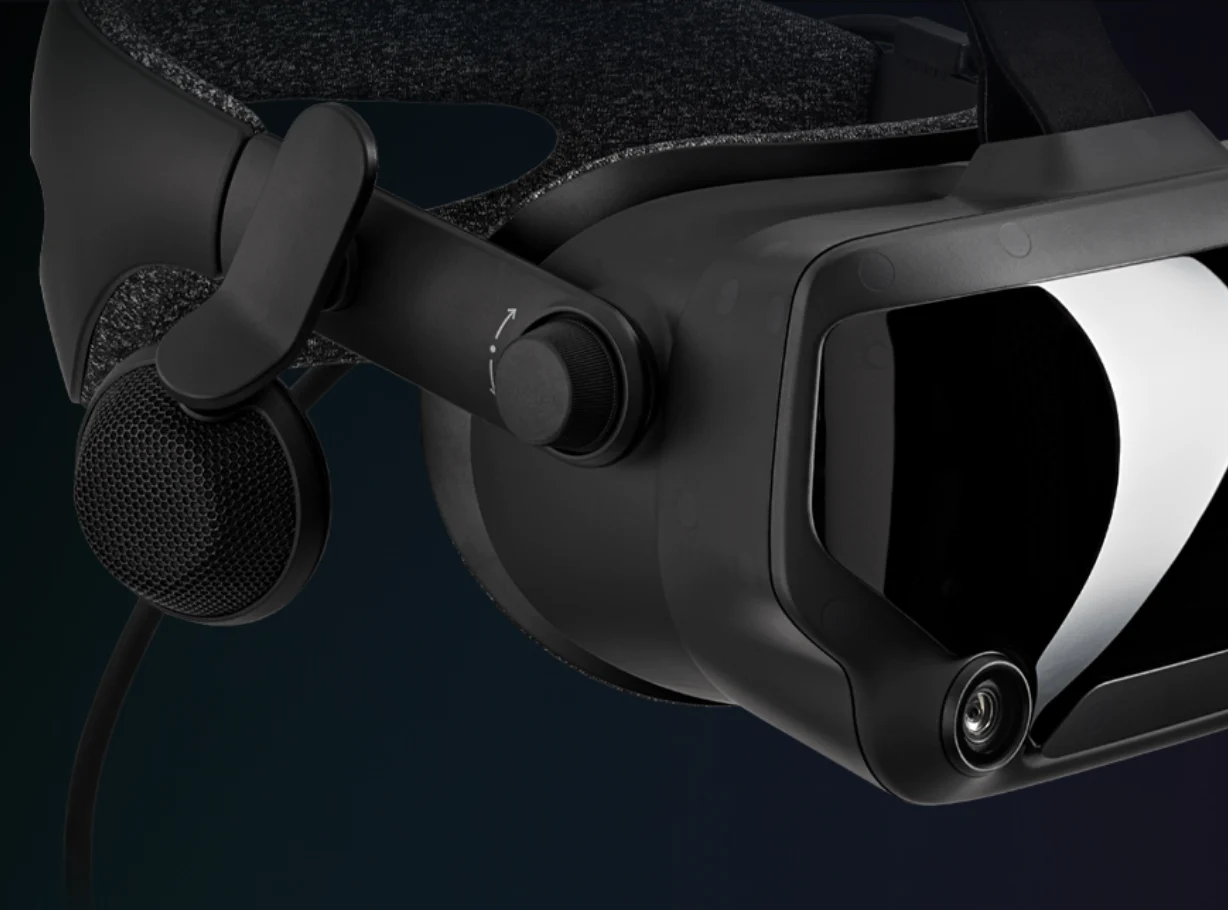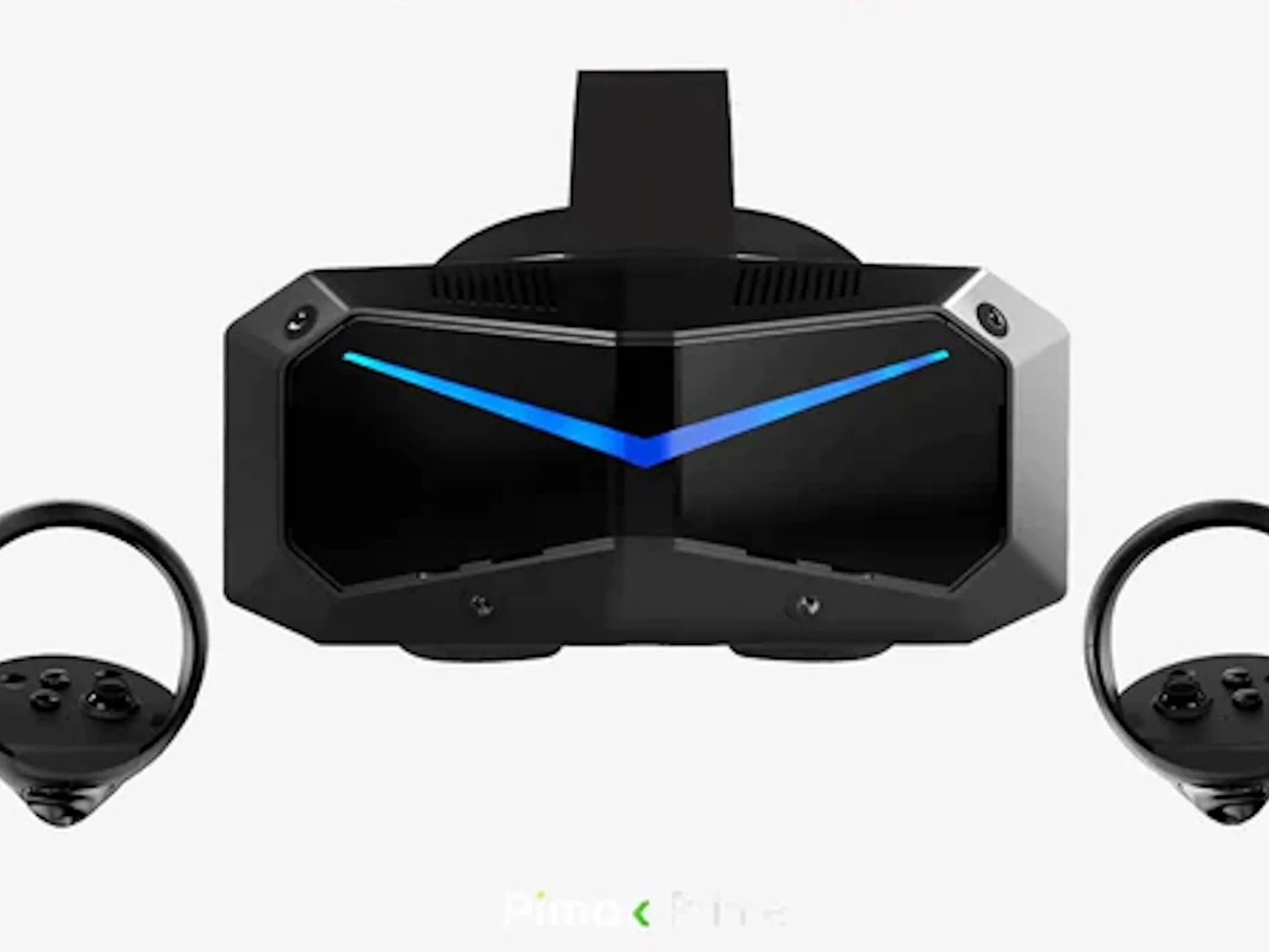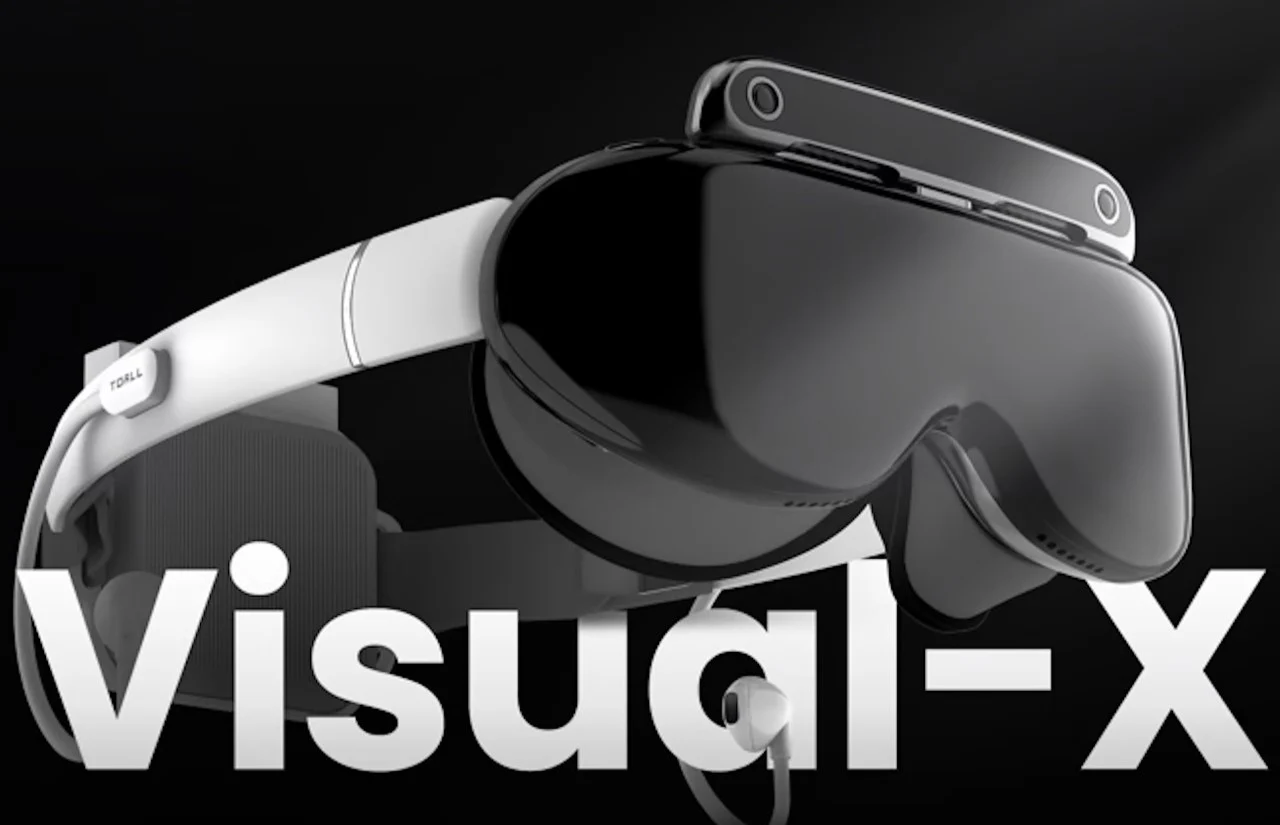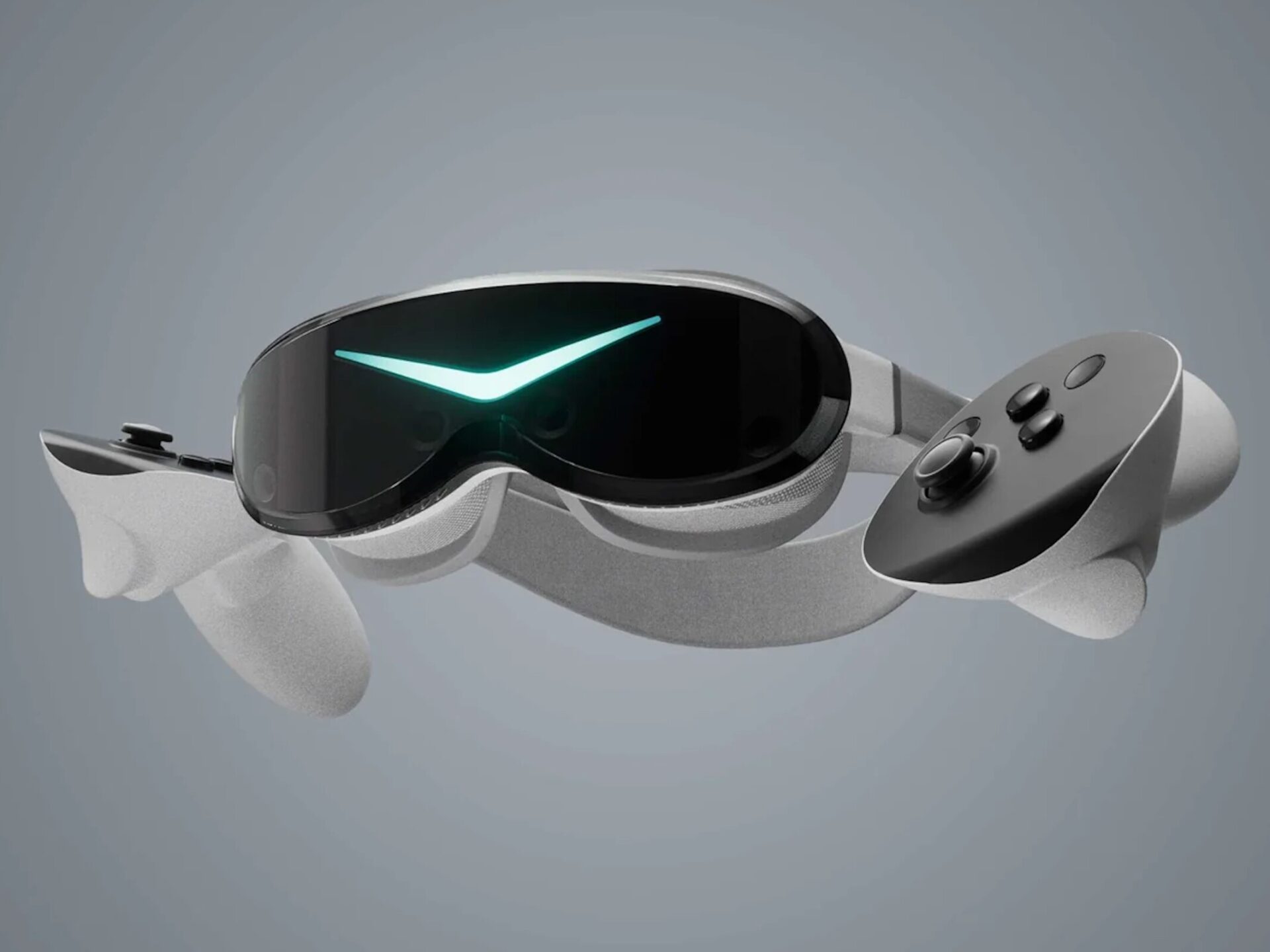Key Takeaways
1. Nintendo is actively researching virtual reality (VR) and other interactive technologies, as confirmed in their recent financial report.
2. The company’s annual report highlights their focus on various technologies, including VR, augmented reality (AR), and mixed reality (MR).
3. There is uncertainty about the type of VR device Nintendo is developing, though a standalone headset is considered more likely than a kit like the Nintendo Labo VR.
4. Recent patents suggest that the upcoming VR device may have its own CPU and GPU, potentially allowing it to function independently from the Nintendo Switch.
5. Nintendo aims to enter the dedicated VR market, similar to competitors like Sony’s PSVR 2 and Meta Quest 3, despite no announcements concerning VR at the launch of the Switch 2.
Nintendo has been in the news with whispers about a VR gadget for quite a while. Some patents have appeared online, hinting at what’s to come. Recently, their financial report has clearly stated they are conducting research into VR and other interactive technologies, confirming that they are indeed working on something related to virtual reality.
Financial Insights
The annual report for the fiscal year wrapping up on March 31, 2025, includes various details such as sales figures, company strategies, and plans for growth. One key area discussed is “Research and development activities.” Here, Nintendo elaborates on their explorations, saying, “We also carry out research and development activities to examine the applicability of various technologies to the field of home entertainment including interfaces such as touch panels and sensors, networks such as those for wireless communication, security, cloud computing, virtual reality (VR), augmented reality (AR) and mixed reality (MR), deep learning and big data analysis.”
Unclear Device Type
At this moment, it’s not really known if this will be something like the Nintendo Labo Toy-Con 04 VR Kit or a standalone VR headset. However, the latter seems more probable. Back in October and November of 2024, a few Nintendo patents were discovered on the US patent office’s site, hinting that the device could come with its own CPU and GPU. This suggests that the upcoming Nintendo VR device may not need to be connected to the Switch 2 or the original Switch.
Future Outlook
Of course, there hasn’t been any mention of this type of device with the launch of the Switch 2. But given the research details in the latest financial report and the patents from the previous year, it’s clear that Nintendo is aiming to break into the dedicated VR market, similar to Sony’s PSVR 2 and the Meta Quest 3.
Source:
Link



